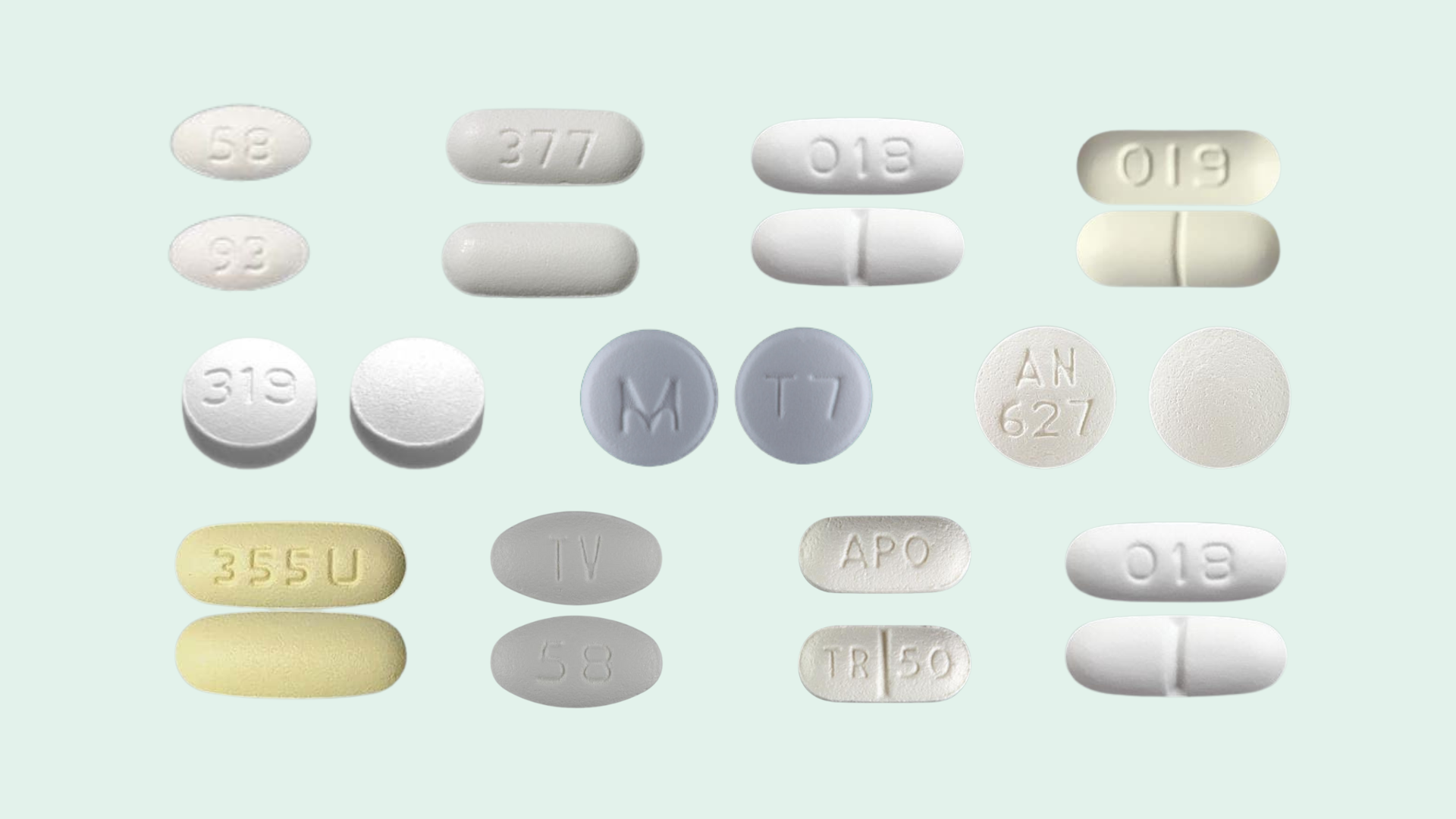What Are Tramadol Withdrawal and Side Effects Like?
Tramadol’s mechanism of action sets it apart from traditional opioids. In addition to binding to opioid receptors, it also inhibits the reuptake of neurotransmitters like serotonin and norepinephrine. This unique pharmacological profile can result in a distinct withdrawal syndrome, one that encompasses both the typical opioid withdrawal symptoms as well as atypical effects.
The common opioid withdrawal symptoms associated with tramadol include
- Nausea and vomiting
- Diarrhea
- Muscle aches and pains
- Insomnia
- Restlessness
- Sweating
- Tremors
In some cases, individuals may also experience atypical withdrawal symptoms, such as:
- Hallucinations
- Intense paranoia
- Severe anxiety and panic attacks
- Confusion and disorientation
- Numbness or tingling in the extremities
These atypical symptoms, while generally not life-threatening, can significantly impair an individual’s ability to make sound decisions and put them at risk of engaging in dangerous behaviors. Therefore, it is crucial to seek professional medical assistance during the detox process.
What Is the Tramadol Withdrawal Timeline?
The withdrawal timeline for tramadol can vary depending on various factors, including the duration and severity of use, the method of administration, and the individual’s overall health and medical history.
Typically, the withdrawal process begins within 12 to 24 hours after the last dose of tramadol. The symptoms usually peak in intensity around the third day and start to subside within five to seven days. However, it’s important to note that the withdrawal timeline can be influenced by the method of discontinuation, with a gradual tapering approach potentially extending the process over several weeks or even months.
What Is Tramadol Detox Like?
Medically supervised detox is the safest and most effective way to manage tramadol withdrawal. During the detox process, healthcare professionals closely monitor the individual’s physical and mental well-being, providing support and administering medications as needed to alleviate the discomfort of withdrawal symptoms.
Medications commonly used in tramadol detox include
- Methadone or buprenorphine: These opioid agonist medications can help reduce cravings and withdrawal symptoms, facilitating a smoother transition to long-term recovery.
- Clonidine: This medication can help alleviate symptoms like anxiety, sweating, and muscle aches.
- Loperamide: This over-the-counter medication can effectively manage diarrhea.
- Antiemetics: These medications can provide relief for nausea and vomiting.
The duration of the detox process can vary, but it typically lasts between five to seven days. During this time, individuals receive around-the-clock care and monitoring to ensure their safety and comfort. The healthcare team may also recommend additional therapies, such as cognitive behavioral therapy (CBT) or support groups, to address the psychological aspects of addiction.
The Risks and Dangers of Tramadol Withdrawal
Tramadol withdrawal, while not typically life-threatening, can be extremely uncomfortable and challenging to overcome. The combination of opioid-like and antidepressant-like withdrawal symptoms can be particularly intense, putting individuals at a high risk of relapse if they attempt to quit the drug without professional support.
Attempting to quit tramadol cold turkey without medical supervision is strongly discouraged, as it can increase the risk of severe withdrawal symptoms and complications. Seeking professional help is crucial to ensure a safe and effective detox, minimizing the potential for relapse and long-term health consequences.
What Are Some Resources and Support for Tramadol Addiction?
Overcoming tramadol addiction requires a comprehensive approach that addresses both the physical and psychological aspects of the disorder. In addition to medically supervised detox, individuals can benefit from a range of treatment options, including
Inpatient Rehabilitation
Residential treatment programs provide a structured, supportive environment where individuals can focus on their recovery, with 24/7 access to medical and wellness services such as yoga, art therapy, and acupuncture.
Outpatient Treatment
Outpatient programs allow individuals to continue their daily routines while attending regular therapy sessions and receiving medication-assisted treatment as needed.
Behavioral Therapies
Therapies like cognitive behavioral therapy (CBT), contingency management, and motivational interviewing can help individuals address the underlying psychological factors contributing to their addiction.
Support Groups
Participation in support groups, such as Narcotics Anonymous (NA) or SMART Recovery, can provide a sense of community, accountability, and peer-to-peer support during the recovery process.
Medication-Assisted Treatment (MAT)
Medications like buprenorphine and naltrexone can be used in conjunction with behavioral therapies to manage cravings, reduce the risk of relapse, and support long-term recovery.
Seeking help from a qualified addiction treatment provider is the first step toward overcoming tramadol addiction. These professionals can guide individuals through the detox process, develop a personalized treatment plan, and connect them with the resources and support they need to achieve lasting sobriety.

